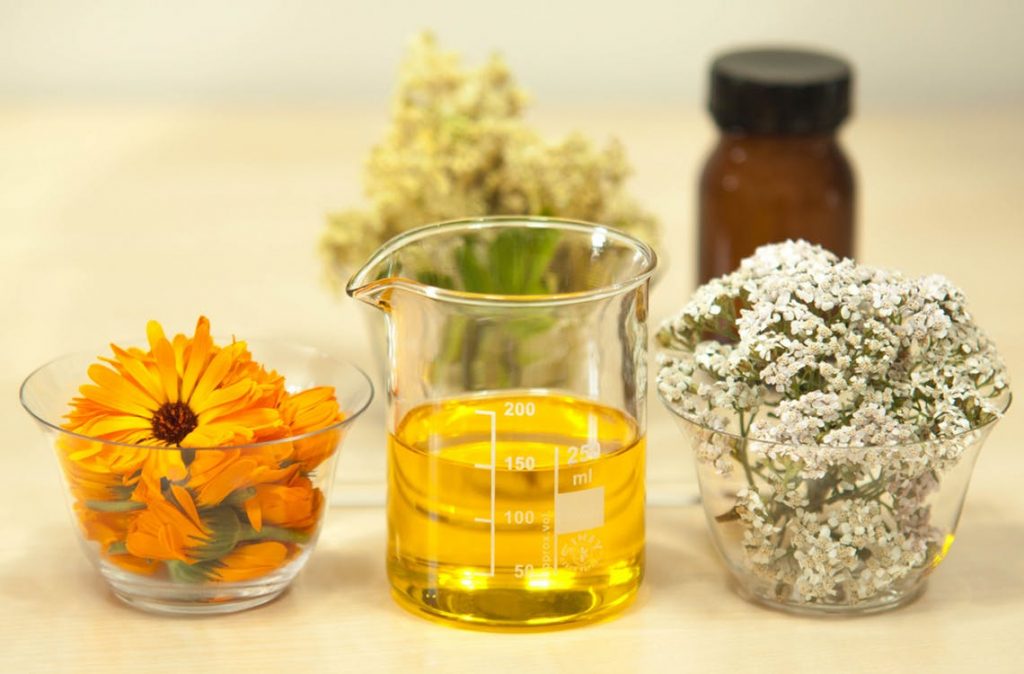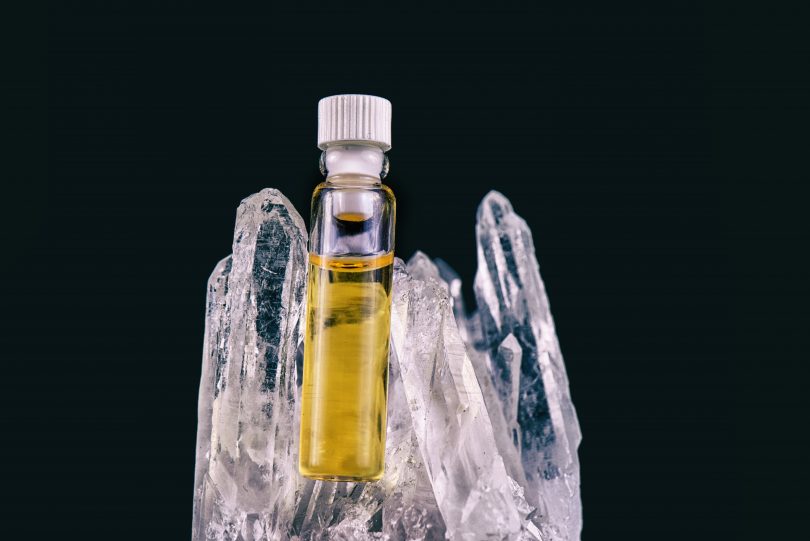This name applies to a pair of organic compounds that have similar chemical properties and similar molecular structure. Both α-Phellandrene and β-phellandrene are double-bond isomers and cyclic monoterpenes. Both are insoluble in water. They differ in their double bonds. α-Phellandrene consists of two endocyclic double bonds. In β-phellandrene, however, one of the bonds is exocyclic.
The terpene got its name from Eucalyptus phellandra. This plant is now called Eucalyptus radiata and works as good start material for extracting phellandrene. It is also a constituent of Eucalyptus dives. Its aroma has been described both as minty and peppery with a slight air of citrus.

Phellandrene is found in cannabis cultivars and these common plants:
- Eucalyptus
- Ceylan cinnamon
- Black pepper
- Corn parsley
- Water fennel
- Canada balsam
- Ginger grass
- Angelica
- Lavender
- Mint
- Dill
- Grand fir
- Parsley
- Pine
Using phellandrene in the perfume industry is popular because of the terpenes pleasant natural aroma. The terpene has also been a part of some studies to uncover its possible homeopathic benefits. Phellandrene is commonly used in Chinese medicine to treat fungal and bacterial infections. Herbs heavily made with this terpene are also popular in Eastern medicine for reducing phlegm and to alleviate a general lack of energy. There have also been multiple studies regarding the anti-cancer properties of alpha-phellandrene. In vivo research showed that the terpene could promote natural anticancer cells in the body. Similarly, Anticancer research suggested that phellandrene could cause cell apoptosis of leukemia cells. It is possible that phellandrene could actually help our body build a natural defense to cancer.
Current studies have shown this terpene to be:
- Anticancer
- Antibacterial
- Expectorant
- Fungicidal
- Insecticidal









